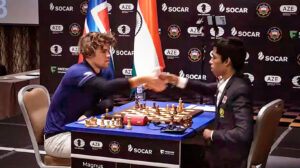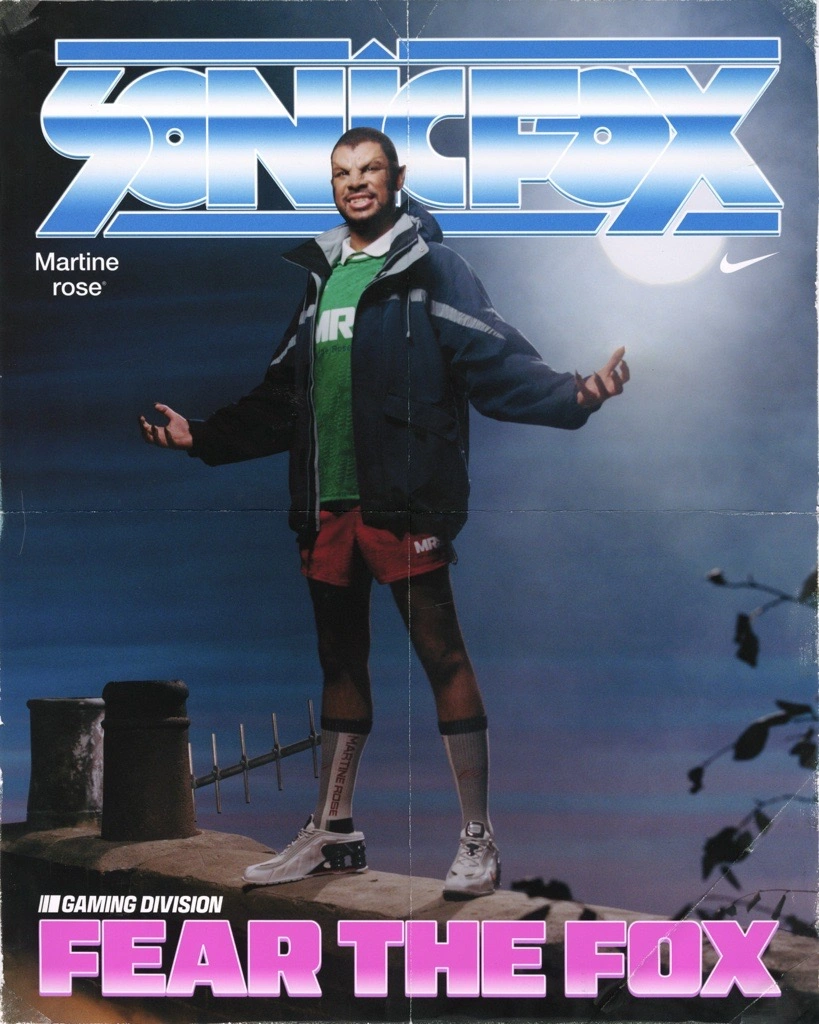
In a digital chessboard spanning continents, time zones, and languages, the greatest chess player of this generation was held to a draw not by a grandmaster, not by a rival, but by the collective mind of over 143,000 strangers. Welcome to the future of competition—and cognition.
Introduction: One Versus the World
Magnus Carlsen is not accustomed to draws, especially not against a crowd with no ELO ranking, no grandmaster norms, and no singular brain. Yet in a historic 46-day match hosted on Chess.com, titled “Magnus Carlsen vs. The World”, the five-time World Chess Champion was held to a dramatic, improbable draw by a collective of more than 143,000 players making every move by vote.
This wasn’t just a game. It was a collision between mastery and democracy, between elite intuition and crowd-sourced logic. And the outcome—equal parts thrilling and cerebral—offers more than just a quirky internet anecdote. It’s a case study in strategy, patience, and the shifting terrain of what it means to compete.
The Setup: A Game Like No Other
The format was deceptively simple. Each day, Magnus Carlsen made his move. Then, “The World”—a swelling mass of registered Chess.com users—voted on the next response. Over 46 days, each turn represented a careful tug-of-war: Carlsen’s deeply internalized understanding of position versus the slow consensus of global deliberation.
To many, the premise sounded like a stunt. How could thousands of casual users possibly coordinate against a chess savant renowned for his speed and clarity? But from the outset, something unexpected happened: The World didn’t play like amateurs. It played with care, calculation, and collective memory.
Magnus, reflecting afterward, noted: “Overall, ‘The World’ has played very, very sound chess from the start.”
The Players Behind the World
At first glance, 143,000 users sounds like digital noise. But the group quickly revealed itself to be strategically self-organizing. Platforms like Reddit, Discord, and Twitter became war rooms. Chess streamers dissected options in real time, analysts posted nightly breakdowns, and amateur tacticians lobbied for their lines in comment sections.
What emerged was a decentralized but surprisingly coherent strategy engine, one that mirrored the workings of democratic systems and open-source development. Moves were voted on not because they were flashy, but because they were logically sound, backed by analysis and engagement.
The result? The World avoided early blunders, stayed composed in complicated positions, and even found sharp counters to Carlsen’s midgame pressure.
Magnus’s Approach: Pressure with Precision
Carlsen, playing as White, opted for the Queen’s Gambit, an opening as classical as it is rich in transpositions. Early on, he tested The World’s coordination with subtle positional shifts—pinning knights, pressuring pawns, baiting traps. Yet his opponents responded with near-engine-level precision. By Day 10, it was clear: this wouldn’t be a cakewalk.
His strategy became one of persistent pressure, slowly probing for moments of instability. But the crowd never buckled. Through 40+ days of tension, no piece was wasted, no critical square neglected. Each vote, each discussion thread, became a small act of resistance against the myth of inevitable defeat.
The Critical Moments
The game’s climax came in move 43, when Carlsen initiated an aggressive pawn advance on the kingside. It was a calculated bid to create imbalance—a hallmark of his endgame prowess. The World’s reply? A nuanced defensive line, quietly reinforcing structural weaknesses without caving to the pressure.
By move 52, both sides had entered what commentators called a “theoretical deadlock.” No decisive tactics remained. The king, queen, and bishop danced across a stripped-down board in a delicate endgame ballet. Finally, after 46 days, the result was accepted: a draw.
What the Draw Actually Means
On paper, this is a statistical anomaly. How does one of the greatest chess players in history fail to defeat a crowd of mostly unranked hobbyists?
The answer lies in the structure. Carlsen had speed, memory, instinct. The World had time, collaboration, and access to limitless analysis. Engine evaluations, crowd wisdom, streamer guidance—these are not raw talent, but they mimic its effect. Given a full day per move, the crowd could calculate, recalibrate, and approach near-perfect play.
This was never about who’s smarter—it was about who can endure. And The World endured.
Crowd Intelligence: When Many Think as One
What Magnus Carlsen vs. The World revealed isn’t just a new frontier for chess—it’s a lesson in emergent intelligence. Given the right structure, rules, and incentives, even chaotic collectives can produce coherent, strategic thought.
There are echoes here of open-source software, citizen science, even democracy itself—systems where individual input creates collective excellence. That’s the magic of the match: it redefined competition not as zero-sum, but as collaborative exploration.
And in this collaboration, both Carlsen and The World emerged as co-authors of an unforgettable game.
The Cultural Impression
Unsurprisingly, the match has already gone viral. On Twitch, commentators dubbed it “the thinking man’s World Cup.” Memes flooded X (formerly Twitter), comparing the outcome to Deep Blue’s legendary bout with Garry Kasparov or the AlphaZero revolution. But this wasn’t a machine. It was us—flawed, human, determined.
The draw also offers a unique PR win for chess itself. No longer a niche interest or elitist hobby, it’s now an arena for mass participation, inclusive thinking, and global conversation.
For Magnus, too, this is a humanizing moment. He didn’t lose. But he didn’t win. He played—as one of the greatest ever—with integrity and grace, reminding us that the game is not just about domination. It’s about dialogue.
Ideologue
The Magnus Carlsen vs. The World match will go down as one of the most fascinating experiments in competitive history. Not for its result, but for its process. A crowd did not beat a master. A crowd held its ground. And in doing so, proved that intelligence is not always a solitary gift—it can be a collective voice, humming across thousands of minds.
Carlsen’s final comment, gracious and understated, says it all: “The World played sound chess.”
They did more than that. They made history. Together. One move at a time.
No comments yet.








